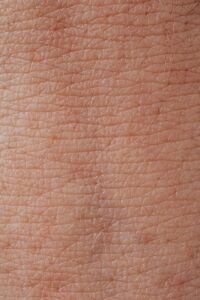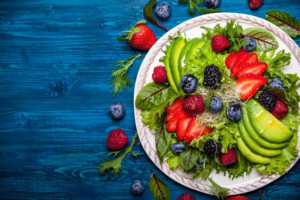Scars can sometimes act as a blow to our self-esteem, reducing our confidence and making us feel self-conscious about our appearance. If you’re bothered by persistent, visible scars and are wondering how to get rid of old scars, then you have arrived at the right place! There are numerous ways, both medical and natural, to address and reduce the appearance of scarring.
The formation of a scar is a natural part of the healing process following injury or trauma to the skin. When a wound is first healing, an immature scar emerges during the remodelling phase, which contains type III collagen. These initial scars may feel itchy, hard, and raised, often characterized by a pink color. Over time—typically within a span of 12 months—this immature scar matures, with disorganized collagen becoming aligned along stress lines and forming more type I collagen.
Matured scars are soft, supple, pale, flat, and typically devoid of any itchiness. Two forms of scars, known as hypertrophic scars and keloids, tend to have more type III collagen than type I collagen, even when matured.
While some individuals may regard their scars as badges of honor or markers of past experiences, others might find them less desirable. These scars can affect your appearance, causing self-consciousness and a desire for removal or reduction. However, many conventional methods might not have yielded the desired results, leaving you frustrated.
Fear not—there are ways to tackle these stubborn, old scars. This article provides various home remedies and medical treatments to help rid your skin of these blemishes and restore its flawless look. But first, let’s understand more about the types of scars and how they affect the skin.
Types of Scars
- Mature Scar: This type of scar is pale, acellular, softer, and flat, with reduced blood vessels and fibroblasts. The itching that characterizes immature scars typically diminishes in mature scars.
- Atrophic Scar: Atrophic scars are pale, flat, and stretched, marked by a loss of tissue. These scars often have darker pigmentation than the surrounding skin. Examples include acne scars and chickenpox scars.
- Hypertrophic Scar: Hypertrophic scars are formed due to excess scar tissue, but they don’t extend beyond the margins of the original wound. They are typically darker than the surrounding skin and develop one to three months after trauma. These scars can self-improve and respond well to steroid injections, but recurrence is common.
- Keloid: A keloid is an overly aggressive healing response that leads to excessive scar tissue growth beyond the margins of the original wound. Keloids can develop anywhere from three months to a year after trauma and can progress over time. Keloid removal often involves the use of silicone gel sheets.
Note:
- A linear scar, which is supple, thin, and soft, occurs after healing by primary intention (direct wound closure).
- A wide, irregular, firm scar can occur after healing by secondary intention (wound closure by tissue regeneration), or when there is an infection.
Now that you’re familiar with the types of scars and their characteristics, we can delve into the various treatments and remedies to help minimize their appearance and impact on your confidence.
Natural Methods to Eliminate Aged Scars
A variety of natural remedies can be utilized to reduce or eliminate old scars. Here are some of the most common:
- Lemon
- Honey
- Onions
- Aloe Vera Gel
- Gooseberry
- Tea Tree Oil
Moreover, medical treatments like over-the-counter drugs, chemical peels, and laser treatments can also be effective. Here’s how you can utilize these remedies:
Utilizing Lemon for Scar Removal
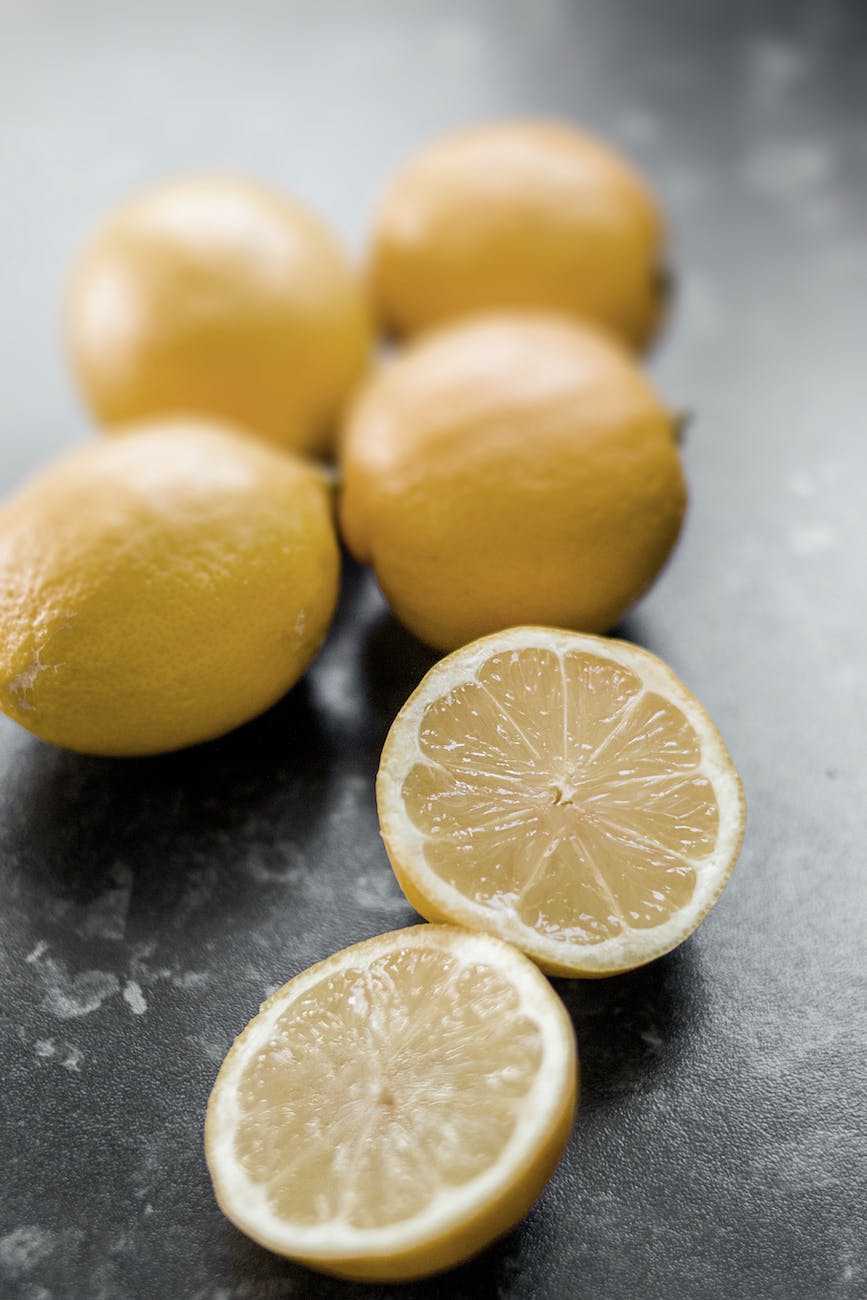
The Application of Lemon for Old Scars:
Required Ingredients:
- Lemon Juice
- Cotton Ball
Steps to Follow:
- Begin by cleaning the skin around the scarred area thoroughly.
- Immerse the cotton ball into the lemon juice, then dab it onto the scarred area.
- Let it sit for approximately 10 minutes, then rinse it off with clean water.
- If you plan to go outdoors, remember to apply sunscreen after washing off the lemon juice.
Frequency: Repeat this procedure 2-3 times daily.
The Science Behind It: Lemon is loaded with alpha-hydroxy acids, which aid in the removal of dead skin cells and function as a natural bleach for old scars. Over time, lemon juice can lighten and gradually erase these scars.
The Benefits of Honey for Fading Old Scars

The Application of Honey for Old Scars:
Required Ingredients:
- 1 Teaspoon Raw Honey
- 1 Teaspoon Baking Soda
- A Small Towel
- Hot Water
Steps to Follow:
- Combine the raw honey and baking soda.
- Massage the mixture onto the scar for about 3-5 minutes.
- Place the hot towel over the area. Once the towel cools down, use it to wipe the area clean.
Frequency: This should be done twice daily.
The Science Behind It: Raw honey has been a longstanding remedy for old scars. It promotes tissue regeneration and is effective in treating wounds as well. Baking soda exfoliates the accumulated dead skin cells from the scars, making your skin healthy and smooth.
Onion: A Surprising Remedy for Old Scars
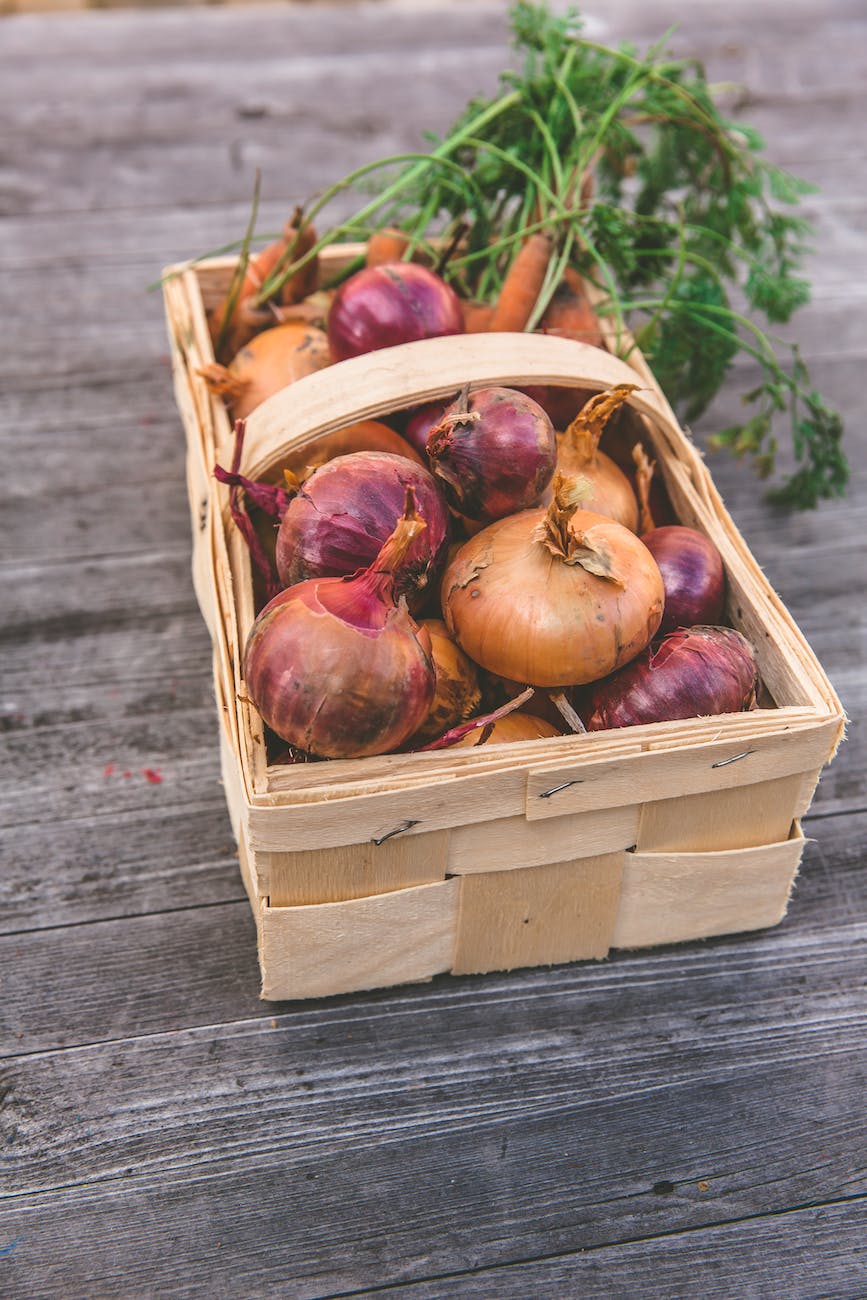
The Application of Onion for Old Scars:
Required Ingredients:
- Onion Juice
Steps to Follow:
- Grate an onion to squeeze out fresh onion juice.
- Apply this juice directly to the scars and let it dry naturally.
- After 15 minutes, rinse it off with clean water.
Frequency: This remedy can be applied 3-5 times per day.
The Science Behind It: Onion is a surprisingly effective treatment for old scars. It boasts anti-inflammatory properties and inhibits the production of collagen, which aids in fading the scars. Onion gel and cream, available in the market, can also be regularly applied for blemish-free skin.
Caution: Remember to keep the skin moisturized between onion juice applications.
Aloe Vera Gel

The Application of Aloe Vera Gel for Old Scars:
Required Ingredients:
- Aloe Vera Gel
Steps to Follow:
- Massage the scars using fresh aloe vera gel or gel from an organic store.
- Do not rinse it off.
Frequency: This should be reapplied 2-3 times per day.
The Science Behind It: Aloe vera gel has anti-inflammatory properties, helping to reduce skin irritation, erase scars, and stimulate the regeneration of new skin cells.
Gooseberry and Olive Oil: A Powerful Combo for Scar Lightening
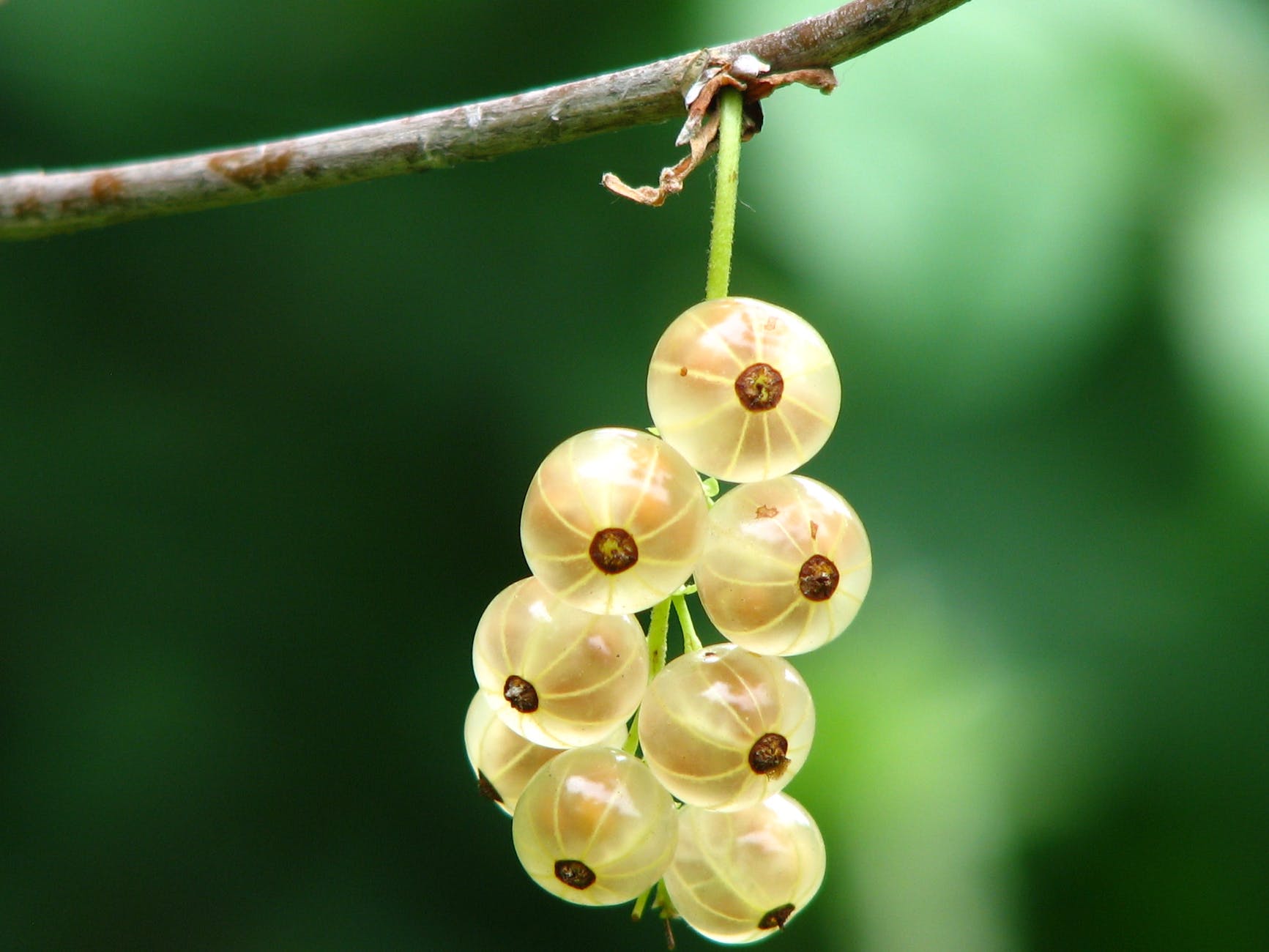
The Application of Gooseberry for Old Scars:
Required Ingredients:
- Gooseberry Powder
- Olive Oil
Steps to Follow:
- Mix enough gooseberry powder with the olive oil to form a smooth paste that will cover the affected area.
- Apply it as a face pack and leave it on for 15-20 minutes.
- Rinse it off with clean water.
The Science Behind It: Gooseberry is rich in Vitamin C that inhibits the formation of scars. This aids in lightening old scars and also prevents the formation of new ones. Olive oil keeps the skin nourished during the healing process.
Tea Tree Oil: A Phytochemical-rich Remedy for Scars

The Application of Tea Tree Oil for Old Scars:
Required Ingredients:
- 2-3 Drops Tea Tree Oil
- 1 Teaspoon Water or Olive Oil
Steps to Follow:
- Dilute the tea tree oil with either water or olive oil.
- Massage the scarred area with this diluted oil.
- Leave it on overnight.
Frequency: Repeat this every night before going to bed.
The Science Behind It: Tea tree oil contains phytochemicals that can gradually diminish surgical and acne scars. It enhances blood circulation in the affected areas and also reduces the risk of infections.
Additional Treatments for Old Scars
Beyond these home remedies, there are various other treatment options available on the market for eliminating scars. Here are some of the most commonly utilized methods:
Over-The-Counter Drugs: Medical Alternatives for Scar Treatment

Several OTC drugs and scar creams can help remove old scars, but their use should be under the guidance of a pharmacist or a dermatologist.
Some popular scar creams include:
- Mederma Scar Cream
- Silicone Gel Sheets for Keloids
- Derma E Scar Cream
- Honeydew Scar Cream
- Rosehip Seed Oil
- Chemical Peels
- Chemical peels are known to lighten and remove old scars using chemical exfoliants. They also eliminate dullness from the skin, enhancing the glow and increasing the skin tone. This method works best on superficial scars.
- Laser Treatment
- If none of the above methods work for you, consider laser treatment. This method is used on persistent and stubborn scars. Different types of lasers are used for different types of scars. For example, yellow light lasers are used for keloid or hypertrophic scars.
- Microdermabrasion
- Microdermabrasion is a minimally invasive procedure that involves the removal of the top layer of the skin with tiny crystals. It can help to reduce the appearance of superficial scars and stimulate skin cell turnover, giving your skin a more youthful appearance.
- Microneedling
- Microneedling uses tiny, sterile needles to puncture the skin and create a controlled skin injury, stimulating the skin’s natural healing process and collagen production. This can help reduce the appearance of both atrophic and hypertrophic scars over time.
- Corticosteroid Injections
- For hypertrophic or keloid scars, corticosteroid injections can help flatten and reduce redness. This treatment should be performed by a healthcare professional and may require several sessions to achieve noticeable results.
- Fillers
- For depressed or atrophic scars, fillers can be an effective solution. A dermatologist or plastic surgeon can inject a substance like hyaluronic acid into the scar to raise it to the level of the surrounding skin. Results are immediate but temporary, typically lasting six months to a year.

